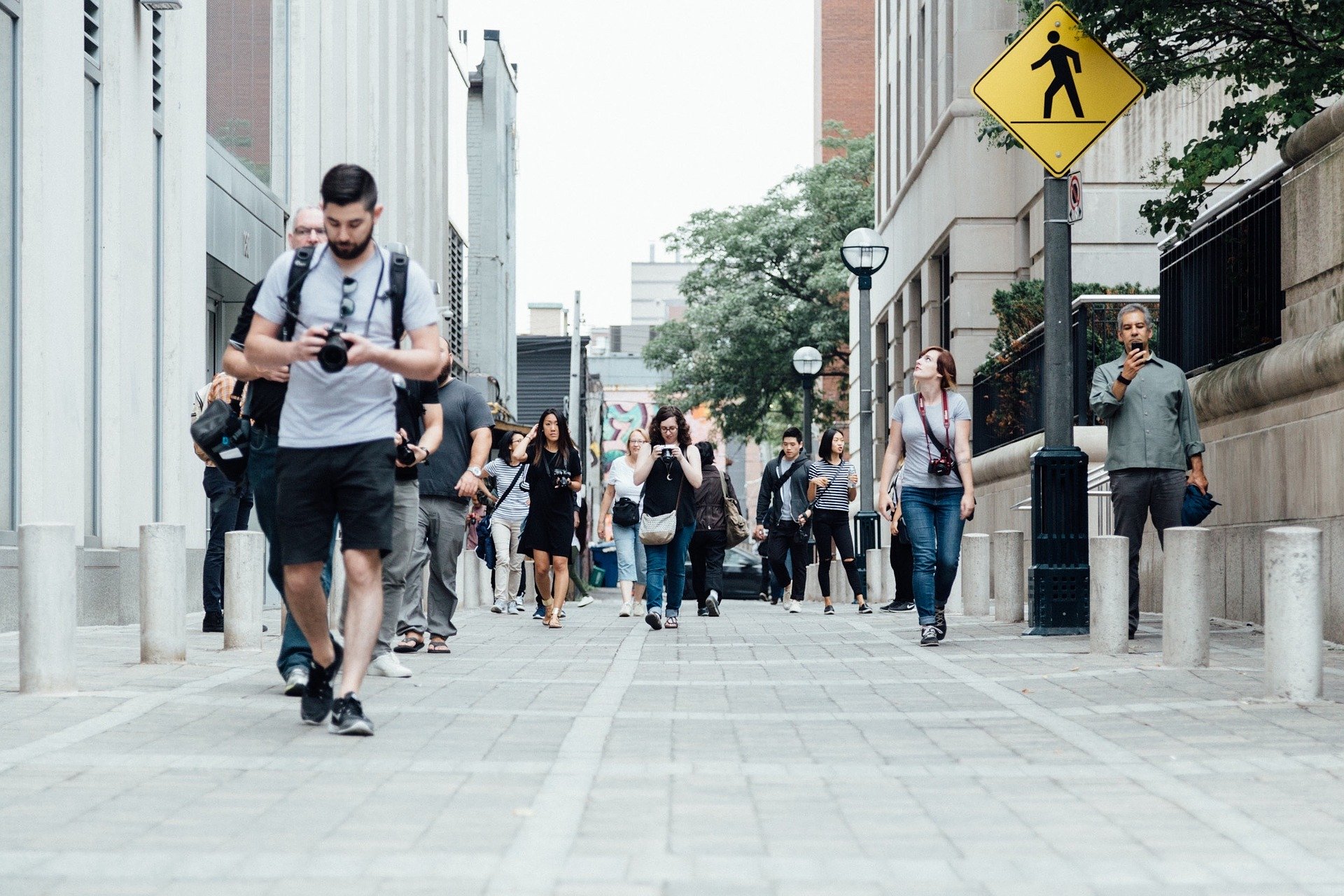
“There’s a lot of physical movement in the city every day, it’s a shame not to harness that human force,” says Sidharth Suri, chair of the Nano student team. Electricity from the movements of people could be used for street lighting and traffic lights, etc.
The students want to place two plastic plates containing nanoparticles above each other under the road surface or footpath. “The plates are pressed up against each other as a result of the movement of people on foot, on bicycles and in cars. The charges are always seeking a balance and consequently try to return to their original position. We can capture and use the electrical energy that is released in this process,” explains Suri. “Mobility becomes a source of energy this way, just like windmills.”

Constant energy supply
This energy can then be used in public spaces, in street lighting for one thing. “One footstep generates enough energy to illuminate four hundred LED lamps for one second,” he claims. “One second doesn’t seem like much, but together, all the footsteps in an entire city produces a lot of energy.” The energy from the plates does not go directly to street lighting but is first stored in a large battery. “This enables us to offer a constant supply of electricity,” Suri adds. One battery per street could then be installed.
In the first instance, students want to sell their technology to, for example, municipalities so that it can be used in public spaces. Suri: “That’s where it has the greatest added value.” The plates can easily be linked together to supply an entire street or neighborhood. “On the other hand, private individuals can also buy it for use in their own homes. Then it could be laid out in houses a bit like a carpet,” he says. “Over the years this would generate quite a lot of energy, but it’s probably not enough to generate all the electricity that’s needed in a single home.”
Mobility anytime, anywhere
What is the advantage over solar panels and wind turbines? “There is always movement, no matter what the weather forecast is,” says Suri. “Windmills and solar panels are weather-dependent, which means that they are not used optimally throughout the year. But our energy source can do that.” According to the chair, solar panels provide more energy in the short term, but Team Nano’s system could generate similar amounts of energy in a city on an annual basis. “So, in the long term, this technology would have a significant impact on energy transition,” notes the chairs. “And it does this, while in everyday life you don’t even realize that it’s there,” he goes on to say. “You already have to walk, cycle, and drive as it is. That energy is being wasted now. We want to harness all that energy in the future too.”
Pacemaker lasts longer
Team Nano also pitched this idea during the TU/e Contest. A competition in which students from the Eindhoven University of Technology (TU/e) showcase their innovative ideas and further develop them under the guidance of eminent coaches. “Following the TU/e Contest, we were approached by a company from Maastricht that wants to use the technology to power pacemaker and insulin pump batteries in human bodies. “The system is supplied with energy by the motion that occurs during breathing,” Suri explains. “A pacemaker can last longer this way, for instance, so that people do not have to undergo major surgery at a late age to replace a unit.”
Team Nano is part of the TU/e innovation Space community. You can find more IO articles about other student teams and start-ups here.
The team will enter into discussions with the Limburg company in the coming period to see how their technology could be integrated. “We also want to place the first trial version of the plates on the TU/e campus to demonstrate to people how it works,” he says. “Ultimately, we want to work as a team on various projects revolving around nanotechnology. This will allow us to make an impact across a range of areas, from energy transition to healthcare.”

